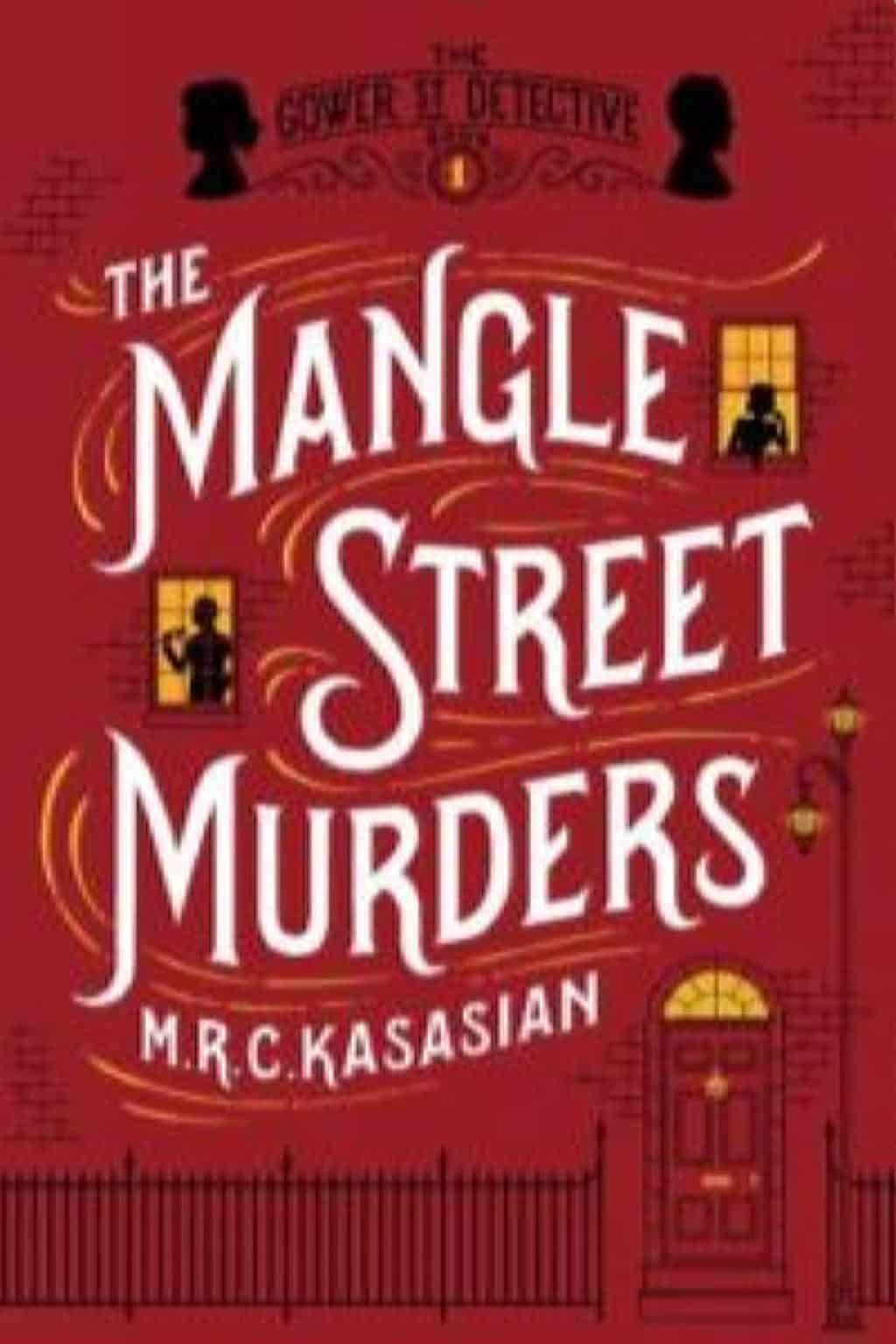 Criminal Detection in the Streets of Victorian England
Criminal Detection in the Streets of Victorian England
By Marcia Allen, Technical Services and Collections Manager
If you are a reader of period mysteries, you will most likely enjoy the Gower Street Detective series by M. R. C. Kasasian. The stories take place in a gritty London of the 1880’s which invites comparison with the great Sherlock Holmes mysteries, but there is a freshness in plot and a cast of characters unlike any found on Baker Street. Let me give you a clue to the appeal.
Personal (not private) detective Sidney Grice is a brilliant man. He has an excellent reputation for uncovering the truth in baffling cases, but his services do not come cheaply. He has little compassion for others, and openly admits that fact that he doesn’t like people and they don’t like him. He has a glass eye that causes him some irritation and some shock for other people, and he is well beyond frugal when it comes to purchasing food. His servants are belligerent and frequently make fun of his personal habits.
“The Mangle Street Murders,” the first in the series, brings sudden changes to Sidney’s household. Always a private man, Sidney has accepted the responsibility for March Middleton, a young woman who has lost her parents. She becomes his ward and attempts to conceal her occasional drinking and her love of smoking from her picky benefactor. The two routinely dine on sodden, cold vegetables at Sidney’s meager table. And they share a fondness for barely concealed sarcasm that spices up the whole story.
Mrs. Grace Dillinger calls on Sidney with a new case. Her ironmonger son-in-law has been charged with the vicious murder of his wife. Sidney, seeing little likelihood of collectible fees, refuses the case. But March, who wants to become a detective in her own right, insists on using some of her own money to help the desperate mother-in-law.
To the streets of London the two detectives go, examining a battered body in the morgue and questioning witnesses who might shed some light on the crime. During their investigation, they encounter pickpockets and bullies who complicate the case. Ultimately, Sidney realizes that his ways may not always be the best course of action.
The second in the series is “The Curse of the House of Foskett.” This outing involves unexplained sudden deaths among members of the Final Death Society. Sidney and March take on the case when, to Sidney’s disgust, the first victim has the nerve to die in front of him. As Sidney and March go about their investigation, other victims appear, each one dispatched under ugly circumstances, including one in a kill chamber.
The third in the series, “Death Descends on Saturn Villa,” is also compelling. March is contacted by an odd gentleman who claims to be her only living relative. When she calls on his estate, things go horribly wrong, and she finds herself charged with a murder that she may have committed while under the influence of some drug. Of course Sidney will get involved, and the interplay between fact and illusion becomes quite complicated.
As these stories progress, other puzzling facts about characters’ backgrounds emerge. There are allusions to March’s previous engagement that ended with the violent death of her fiancé. There is the sense that Sidney knows more about March’s deceased mother than he cares to admit. And there is Sidney’s background yet to be revealed. After all, how did he lose one eye? Too, there is a growing sense that despite his protestations, Sidney has begun to take a paternal attitude toward March.
For some riveting detection and likeable characters, I recommend the Gower Street Detective series. A sixth installment involving a Prussian count and ladies in distress is due out in December, yet another title in a compelling series.

